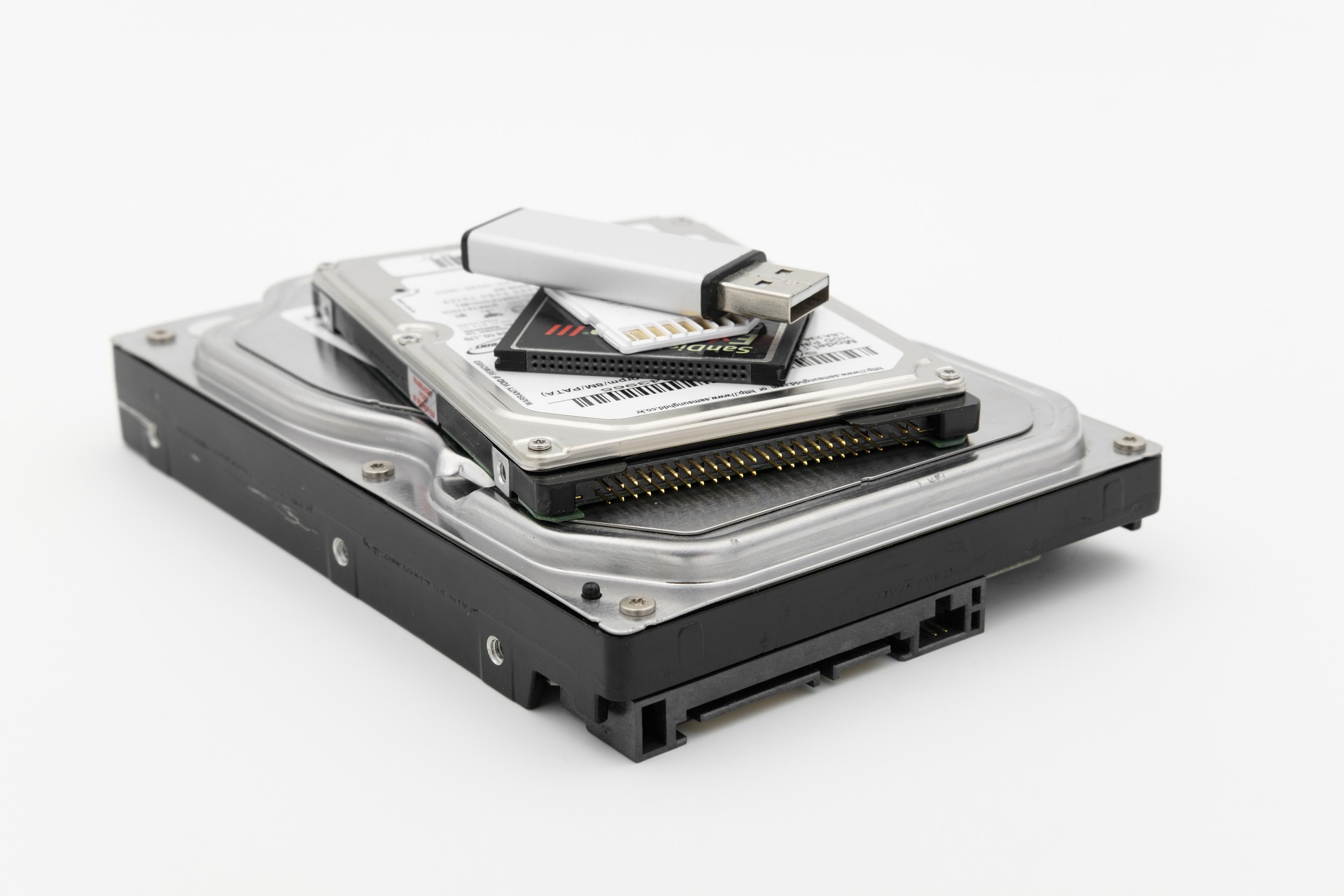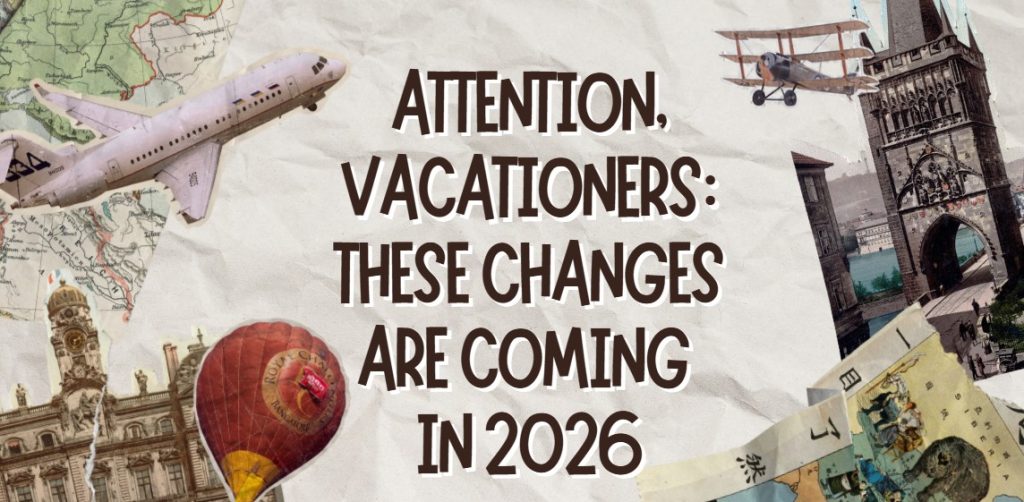Slowly but surely, the era of hard drives is ending. If the chief development officer of flash storage specialist Pure Storage has his way, that end won’t be creeping along for long but will come more suddenly than expected. Shawn Rosemarin predicts that no more hard disks will be sold after 2028.
However, the decisive factor is not the falling price per GB in the consumer sector. Here, the price difference between HDD and SSD is already so slight that people are happy to pay a bit more for the advantages of an SSD. For example, a cheap but good Seagate Barracuda hard drive with 1 TB costs 48 Euros on Amazon. A Crucial SSD with 1 TB is available for 57 Euros and has a significantly higher read and write speed.
Data centers as a sticking point
But the more Storage you need, the more the prices diverge. To stay with the above example, the 4TB version of the hard drive costs 80 Euros, but a 4TB SSD from Crucial costs 247 Euros. And these end-customer products are cheaper than professional hardware for data centers.
And data centers need a lot of storage because more and more applications are moving to the cloud. With so much storage capacity required, the acquisition cost is a significant factor. According to analysts, the end of the hard disk will only be sealed when SSDs with large capacities beat the price of HDDs with enormous powers – which could take decades, depending on calculations.
Power consumption seals the end of the HDD.
Rosemarin disagrees. Because of data centers, the end of the HDD will come sooner than analysts and HDD manufacturers suspect. The reason is the much lower power consumption of SSDs: “3 percent of the world’s energy demand is for data centers. Roughly a third of that is Storage. Almost all of that is HDDs. If we eliminate HDDs here and switch to SSDs, we can save 80 to 90 percent power.”
With electricity prices continuing to rise, he said switching to SSDs is appealing to data center operators. What’s more, electricity is already in short supply in some locations. Some regions, including Ireland, a popular place for U.S. companies in the EU, are therefore not currently approving the construction of new data centers. Their high energy demand would destabilize the power grid and possibly cause it to collapse.
Therefore, data centers must inevitably save energy and generate renewable energy to obtain a building permit. It is also conceivable that in the future, laws will be enacted that require new and existing companies and sites to save energy to relieve the burden on electricity grids. This may be necessary to bridge the gap until sufficient renewable generation capacity is available.
The gap in energy demand exists because there is already an urgent need to shut down coal-fired and gas-fired power plants to counteract a climate catastrophe. At the same time, however, quite a few data centers are being built and expanded, partly due to the hype surrounding artificial intelligence triggered by ChatGPT.
As usual, one should take such predictions with a grain of salt. Rosemarin’s arguments are valid, but the end of HDD sales in 2028 seems like an educated guess rather than a fact-based forecast.
Pure Storage develops flash storage technologies and SSDs for data centers, so it competes directly with HDD manufacturers. The company aims to bring data center SSDs with 300TB of Storage to market by 2026.
The high price of such systems would not only pay off in the long run because of the high power costs. SSDs also more durable and need to be replaced less often than HDDs.
- source: futurezone.at/picture: Bild von Bruno /Germany auf Pixabay
This post has already been read 1523 times!



